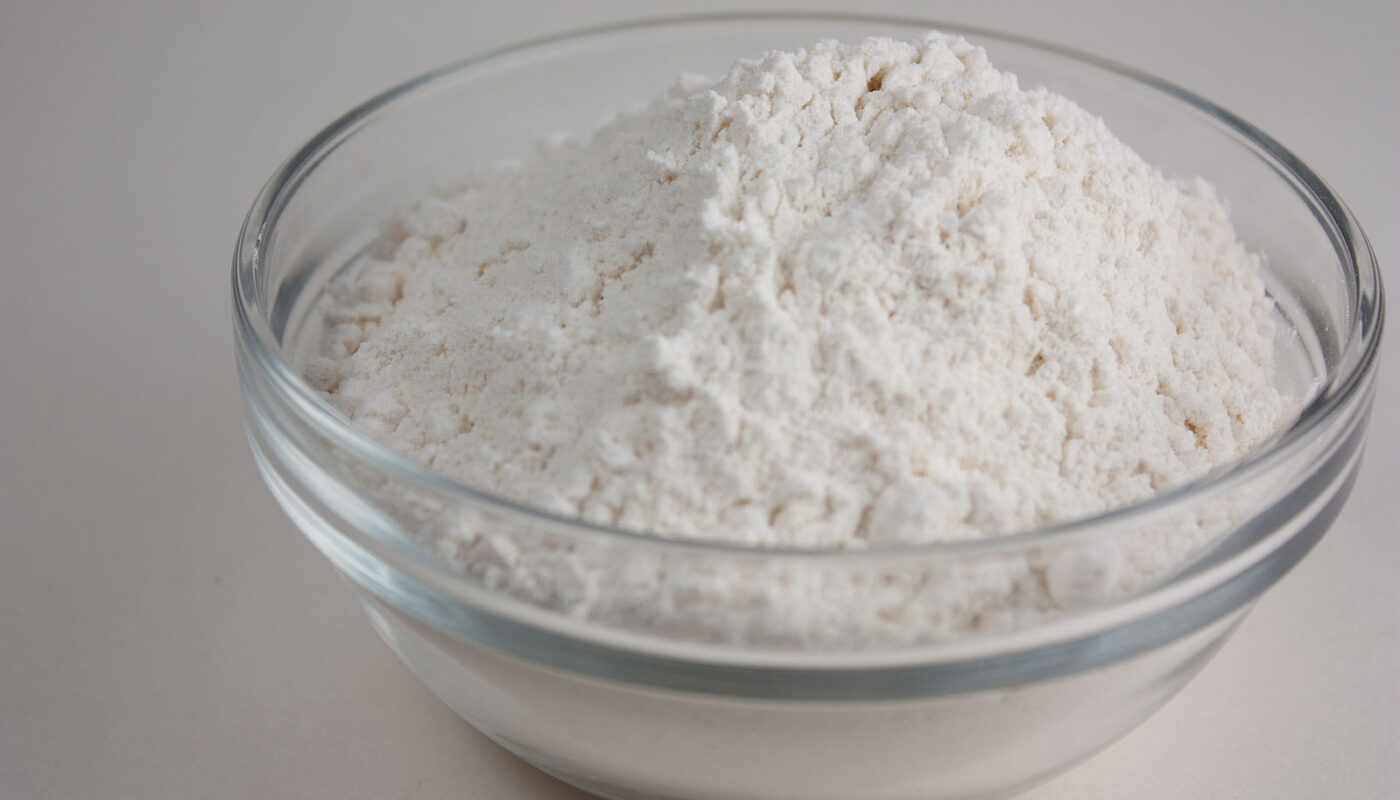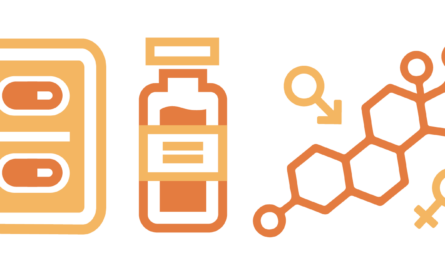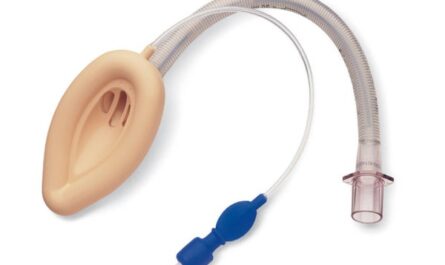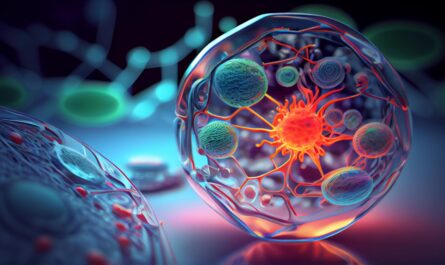Dodecanedioic acid, also known as DDDA, is an organic dicarboxylic acid with the formula (CH2)10(COOH)2. As the name suggests, it contains a twelve carbon chain with carboxylic acid groups at both ends. DDDA was first synthesized in 1907 but has gained increasing commercial use over the past few decades. This article provides an overview of the properties, production, applications and future potential of this industrially important compound.
Chemical Properties and Structure
Dodecanedioic acid is a white crystalline solid at room temperature. It has a melting point of around 104°C and boiling point of 345°C. In terms of its chemical structure, DDDA contains a linear alkyl chain with two carboxylic acid functional groups. This gives it amphiphilic properties with a hydrophilic polar end and a hydrophobic non-polar region in between. Being a dicarboxylic acid, it has two pKa values for its carboxyl groups – around 4.5 and 5.4. It is soluble in polar organic solvents like ethanol or acetone but is only sparingly soluble in non-polar solvents and water.
Production Methods
There are a few main industrial routes for producing DDDA at large scales. A common approach involves oxidizing dodecane or lauryl alcohol using manganese oxide as the catalyst. This oxidation reaction yields both the mono- and di-acid forms which are then separated. An alternative method involves converting lauric acid through hydrocarboxylation in aqueous medium using carbon monoxide and a palladium catalyst. Overall yields from these processes are typically in the range of 70-80%. Researchers are also exploring more sustainable bio-based production pathways by engineering microbes to directly synthesize DDDA from renewable plant-derived feedstocks.
Applications and Uses
By far the largest use of DDDA is in manufacturing nylon polymers, particularly nylon 12 and its copolymers. As the diacid monomer, it undergoes a condensation polymerization reaction with diamines to yield the polyamide backbone. Nylon 12 plastic exhibits good toughness, low moisture absorption and chemical resistance. Its applications include linings, gaskets, and hoses for use in automotive and industrial equipment. Other important uses of DDDA include plasticizers, coating resins, surfactants, lubricant additives and rust inhibitor formulations. Its derivatives have also found specialty roles in medical devices, adhesives, and electronic components manufacturing. With growing DDDA availability, new areas like composites and energy storage materials are emerging.
Emerging Applications and Future Outlook
With continued research, DDDA can potentially enable new product categories in the future. One area receiving active interest is its role in bio-based resins and composites. Since DDDA structure is identical to naturally occurring fatty acids, it can serve as a biodegradable replacement for petroleum-derived resins. Studies show DDDA-based materials exhibit comparable physical properties to oil-based composites, while also being compostable at the end of lifecycle. Other prospective areas include use as a surfactant for enhanced oil recovery processes or development of next-gen lithium-ion battery electrolytes and solvents. Manufacturers are also optimizing DDDA production economics through yield improvements, low-cost feedstock options and continuous reaction technologies. Overall, global DDDA capacity is projected to grow at over 5% annually driven by booming nylon 12 demand as well as potential for new application platforms. With its desirable properties and green credentials, dodecanedioic acid seems poised to have an increasingly important role in specialty chemicals domains going forward.
Commercial Production and Supply Chain
The largest DDDA producers globally are Evonik, Verdezyne, BASF and Cathay Industrial Biotech, with worldwide capacity estimated at over 150 kilotons per year currently. Most production plants are located in US, Europe and China near nylon polymerization hubs for raw material and logistic efficiency. Key manufacturing steps involve multi-purpose continuous stirred tank reactor systems along with distillation columns for product recovery and recycling of byproducts/solvents. Major raw material inputs are petroleum or renewable feedstocks like lauric acid and renewable hydrocarbons. Major supply chain participants include raw material traders, transport intermediaries for bulk shipments by rail/sea as well as specialty chemical distributors servicing end-user industries. With increasing polymerization capacity, DDDA supplies are well matched to fulfill rising demand. Producers are working on alternate production routes as new applications emerge to diversify business volumes over the medium term.
In summary, dodecanedioic acid is a versatile dicarboxylic acid with widespread industrial usage, predominantly in nylon plastics manufacturing. Production expertise and capacity have grown steadily to enable reliable large-scale supply to user industries. DDDA properties make it suitable for potential new roles in advanced materials like composites as well as renewable specialty chemicals. Manufacturers continue optimizing production economics through innovative technologies while exploring bio-based and other sustainable pathways. Overall, its unique functional structure positions DDDA for further usage growth aligned with global macro trends in fields like mobility, infrastructure and renewable energy. Sustained research focus will be important to fully realize the compound’s future commercial potential.



